Summary | Excerpt | Reading Guide | Reviews | Beyond the Book | Read-Alikes | Genres & Themes | Author Bio
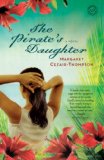
Critics' Opinion:
Readers' Opinion:
First Published:
Oct 2007, 432 pages
Paperback:
Aug 2008, 432 pages
 Book Reviewed by:
Book Reviewed by:
BookBrowse Review Team
Buy This Book
This article relates to The Pirate's Daughter
The island nation ofJamaica is in the Greater Antilles about 385 northeast of the Central American mainland, and about 90 miles south of Cuba. Within a century of Columbus sailing the ocean blue and the subsequent Spanish occupation of the island in 1494, the native Arawaks (who called the island Xaymaca) had effectively died out, due to smallpox and interbreeding with European and African settlers (the term Arawak is used to describe the Amerindians the Spanish encountered in the Caribbean, which included the Taino, Lucayan, Bimini, Nepoya, Suppoyo and Caribs).
The Spanish used the island that they called Santiago as a base for supporting the conquest of the Americas; economic activity consisted primarily of production for domestic consumption and supplying ships. The Spanish saw little value in the island so didn't do much to defend it against British capture in 1655. During the changeover of power, large bands of slaves escaped.
Finding that indentured European labor didn't get the agricultural work job done fast enough, the British followed Spain's example and imported African slaves on a massive scale to what they called the British West Indies Crown Colony of Jamaica.
Jamaica was one of the key points on the triangle of trade that shipped manufactured goods to Africa; slaves and other commodities to the Caribbean; and sugar, tobacco, rum, rice, cotton and other goods back to Europe. Plantation owners became fabulously wealthy, as did many merchants based in British port cities such as Liverpool and Bristol.
Slaves who escaped the plantations came to be known as "Maroons" (the term for a runaway slave in the West Indies and Americas, from the Spanish word cimarrón, meaning wild). They became skilled hunters with an intimate knowledge of the Jamaican interior and, about eighty years after the British takeover, were sufficiently strong to take on the British in direct confrontation. After the first Maroon War (1730-1739), in which the Maroons were led byQueen Nanny, a treaty was agreed that gave the Maroons control over large areas of land in return for agreeing to return runaway slaves and to help put down revolts or outside invasions. To this day, the Maroons in Jamaica are to a great extent autonomous from Jamaican society.
By the close of the 18th century, sugar cane was losing its economic preeminence because of competition from sugar beet as well as rising production costs. In 1838, the slaves were emancipated and the plantations had to begin paying wages to their workers. Many ex-slaves settled as small farmers in the mountains or on marginal lands in the plains away from the plantations, and the economy slowly diversified from sugar to a broader range of exports including wood, coffee and bananas. Over the next century there were a number of struggles over land, which led to a national movement for independence starting around 1938, which culminated in political independence in 1962.
The post World War II economic boom saw the establishment of mining (mainly alumina for bauxite), tourism, manufacturing and construction sectors, and the USA replace the UK as Jamaica's main trading partner. However, growth gradually slowed during the 1960s under the leadership of the Jamaican Labor Party (JLP). Between 1972-1980, The People's National Party governed initiating shifts in major economic policy and social reform with the aim of promoting welfare of the poor. Their policies, combined with an unfavorable international economy led to a major decline in the Jamaican economy with high levels of unemployment, inflation and debt, and a significant escalation of violence as supporters of the JLP and PNP engaged in bloody struggles.
At the end of the 1970s, the government sought help from the International Monetary Fund and the World Bank, and since then the IMF, World Bank and USAID have had a strong say in Jamaican government policies. During the 1980s, the JLP held office, introducing free market policies and substantially deregulating the economy. They also encouraged the manufacturing trade through the development of tax free zones (sometimes criticized as US subsidized sweat shops).
Today, the island economy relies mostly on the tourism, bauxite and agriculture industries, with sugar production remaining a significant employer. Violent crime is a significant problem, with murder rates almost 6 times that of the USA, which some believe is linked to the large numbers of Jamaican criminals deported back to Jamaica each year from the US, Britain and Canada.
Filed under Places, Cultures & Identities
![]() This "beyond the book article" relates to The Pirate's Daughter. It originally ran in October 2007 and has been updated for the
August 2008 paperback edition.
Go to magazine.
This "beyond the book article" relates to The Pirate's Daughter. It originally ran in October 2007 and has been updated for the
August 2008 paperback edition.
Go to magazine.
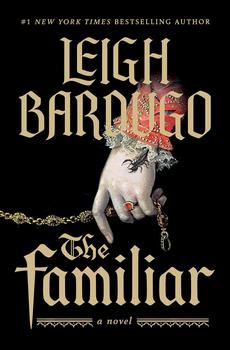
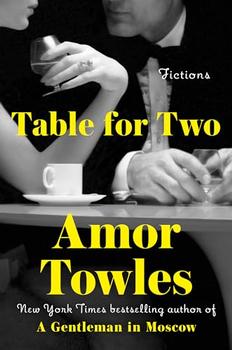
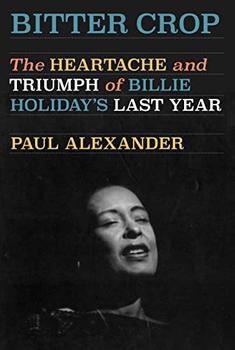
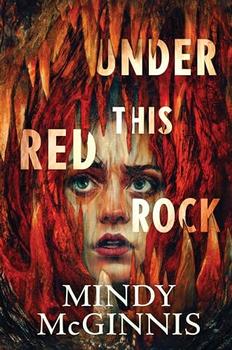
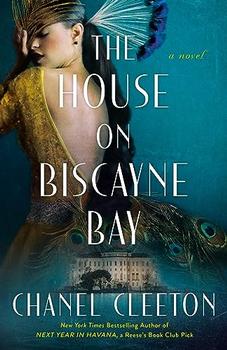
The House on Biscayne Bay
by Chanel Cleeton
As death stalks a gothic mansion in Miami, the lives of two women intertwine as the past and present collide.
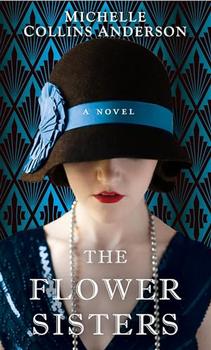
The Flower Sisters
by Michelle Collins Anderson
From the new Fannie Flagg of the Ozarks, a richly-woven story of family, forgiveness, and reinvention.

The Funeral Cryer by Wenyan Lu
Debut novelist Wenyan Lu brings us this witty yet profound story about one woman's midlife reawakening in contemporary rural China.
Your guide toexceptional books
BookBrowse seeks out and recommends the best in contemporary fiction and nonfiction—books that not only engage and entertain but also deepen our understanding of ourselves and the world around us.